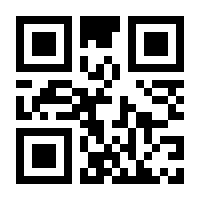
×
![Buchcover ISBN 9783038974970]()
Professionals/Scholars
Smart Textiles Production
Overview of Materials, Sensor and Production Technologies for Industrial Smart Textiles
von Inga Gehrke, Vadim Tenner, Volker Lutz, David Schmelzeisen und Thomas GriesThe research field of smart textiles is currently witnessing a rapidly growing number of applications integrating intelligent functions in textile substrates. With an increasing amount of new developed product prototypes, the number of materials used and that of specially designed production technologies are also growing. This book is intended to provide an overview of materials, production technologies, and product concepts to different groups concerned with smart textiles. It will help designers to understand the possibilities of smart textile production, so that they are enabled to design this type of products. It will also help textile and electronics manufacturers to understand which production technologies are suitable to meet certain product requirements. After an introduction to smart textiles and their market relevance, different material types for functional textiles are described along with their properties, application areas, and product examples. Special attention is given to materials for the realization of electrical conductivity in textiles, as these are crucial for the following overview on sensor and production technologies. Next, textile-based sensors are introduced. While numerous textile-based sensors, ranging from sensing fibers to coatings and three-dimensional structures, have been developed, their specific properties and usage are not clear. Bosowski et al. have suggested a structure for a classified catalogue as knowledge basis to support the smart textile product development process. This chapter develops the classification further and implements it in a catalogue to be used by practitioners from research and industry when developing and designing textiles with sensing capabilities. The full catalogue is reported in the appendix. The third part of the book starts by describing the state of the art of research on production technologies for the integration of conductive materials into textile substrates, which include weaving, knitting, embroidering, printing, without mentioning specific products. Different variants of each technology are presented. Additionally, associated technologies to integrate electrical components in textile substrates are outlined. This part closes by reporting the current state of research on automated production systems for electronics integration into textiles. In the last part of the book, product and design concepts for smart textiles are evaluated along the example of touchpads.


